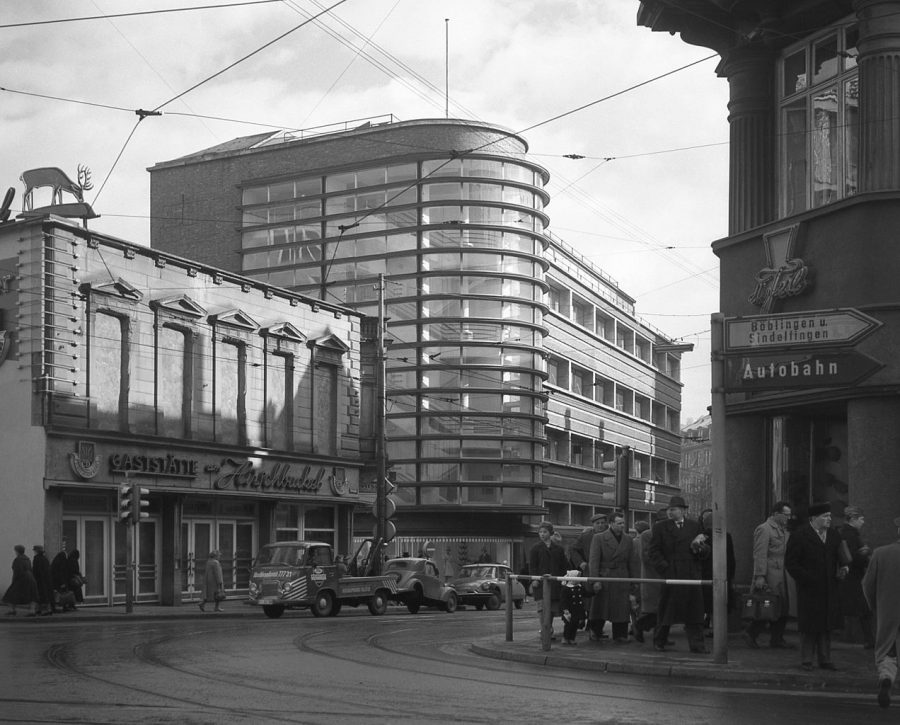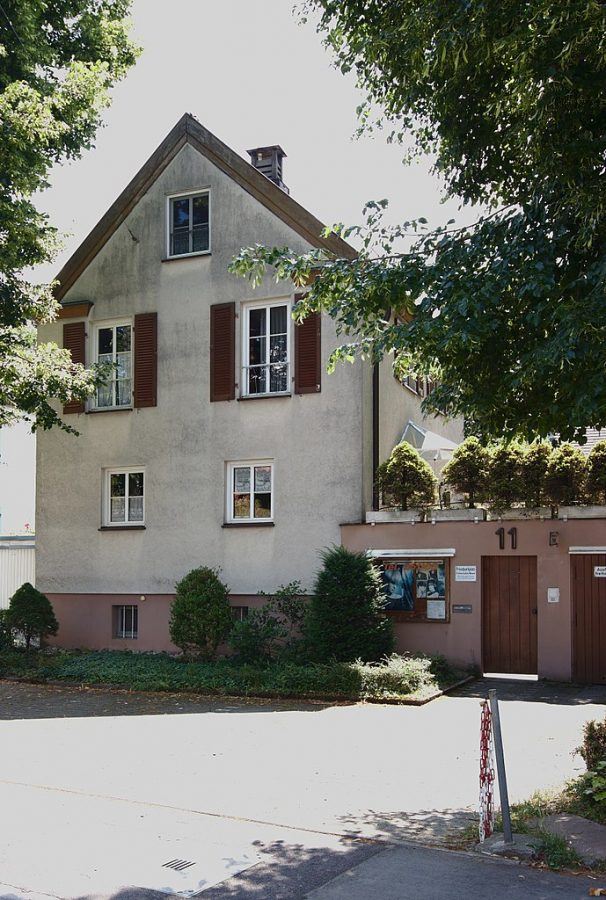Stuttgart, in the conflict of tradition and modernity

“There is hardly a city in Germany whose structural development in recent years has been made as generous and progressive as Stuttgart. Everywhere one recognizes an aspiring spirit, which, building on the old, basically confesses to the new “.
Could this comment from 1928 on the journal “Moderne Bauformen” still be valid today? Respectively, would the adjectives generous and progressive still have the positive connotation that they had at that time? Where does the city move architecturally today? And what was the perception of what happened in his day?
1928 is the year after the Weissenhofsiedlung, the building exhibition on modern living that has suddenly brought Stuttgart into the focus of the modern architectural world.

Weissenhofsiedlung, Detail. AUTHOR: Ulrich Kölle
By this day, the settlement is internationally known and a majority of the participating architects, such as Ludwig Mies van der Rohe, Le Corbusier, Walter Gropius, Peter Behrens, Hans Scharoun and the brothers Max and Bruno Taut, are among the most important architects of the 20th century. At the same time, other icons of early 20th-century architectural modernism emerged in the capital of Württemberg, including the elegant Schocken department store by Erich Mendelsohn and the Tagblatt tower by Ernst Otto Osswald, Germany’s first reinforced concrete tower.

Schocken department store. AUTHOR: Wikimedia
But there was also resistance to the new buildings that seem so alien to many citizens. And not just in the population. Paul Bonatz had just completed the landmarked railway station. He fought for a progressive architecture, which should still be anchored locally. Beside him also Paul Schmitthenner shaped the “Stuttgart school”, the so-called local traditionalist architectural current. At the beginning of the thirties, he planned the Kochenhofsiedlung, originally intended as a continuation of the concepts of the Weissenhofsiedlung, but under Paul Schmitthenner it became a complete counter-design.

Kochenhofsiedlung. AUTHOR: Wikimedia
The answer to our initial question is as diverse as it already was. There were the bold architects, the so-called avant-garde, who set themselves above the concerns and feelings of their contemporaries and created such formative buildings. And there were the more conservative architects who, despite technical advances, had the preserving element in architecture.

Tagblatt tower. AUTHOR: Wikimedia (Bundesarchiv)
An architectural debate that is far from over, and probably never will be. For new architecture will always have to be classified in this conflict. Take advantage of the jubilee year 2019 – the Bauhaus is 100 years old – and take a look at the old and new architectural treasures of the city of Stuttgart with one of our professional architectural tours!
Text by Ulrich Kölle, GA Stuttgart






No Comments